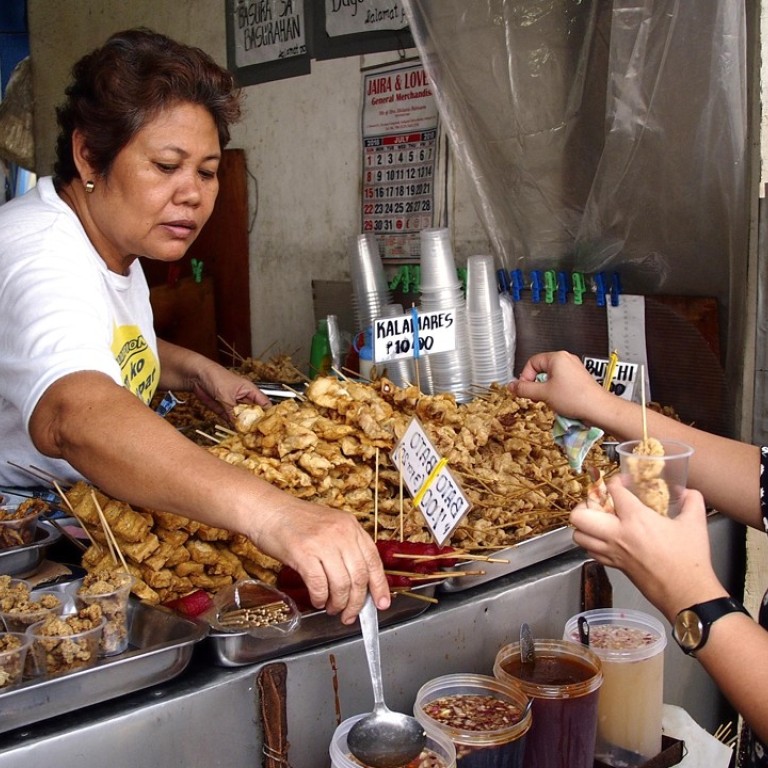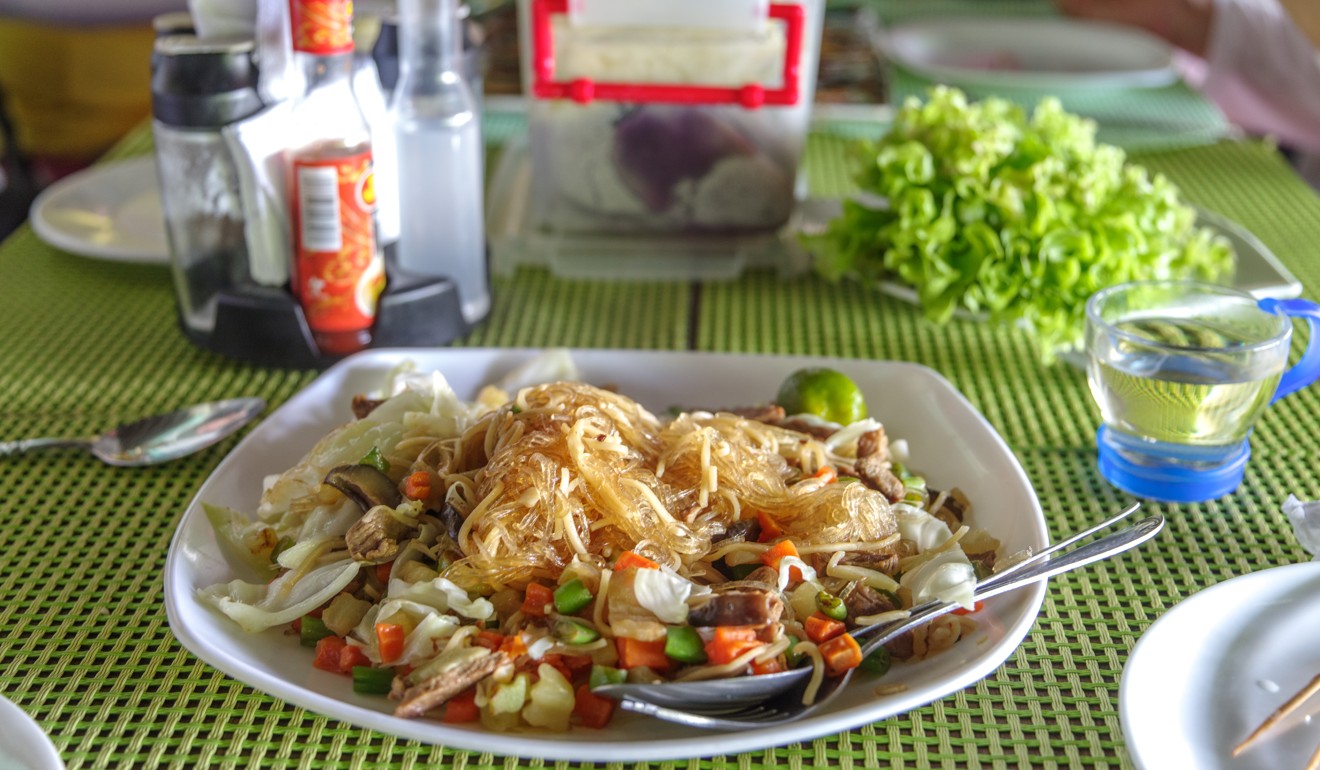
New Philippine English words in Oxford English dictionary give us food for thought
From bagoong to carinderia, Philippine English words related to food recall the country’s diverse cultural, and culinary, heritage
The etymologies of these words span several languages, reflecting the diversity of cultures in the Philippines. Some of the words originate, expectedly, in Tagalog, a major indigenous language and the basis of the national language, Filipino: one example is “bagoong” (a fermented or salted fish paste). Others come, also predictably, from Spanish, a legacy of 333 years of colonisation. The deep-fried pastry-covered fruit “turon”, from the Spanish almond-and-honey nougat called turrón, entered Philippine English via Tagalog.
Other words reflect less-considered but long-standing communities. “Bihon” (“noodles”), which entered English from the Tagalog “bihon”, is derived from the Hokkien “bí-hún” (“rice flour”, “rice noodles”). Similarly, the Tagalog “pancit” (“noodles”) in panciteria – an inexpensive restaurant typically serving noodle dishes – is ultimately from the Hokkien “piān-ê-sit” (“convenience food”), narrowing to mean “noodles” later.
These words testify to the Chinese communities’ significance, specifically those from Fujian province, who comprised most Chinese settlers in the 1800s, and Chinese hawkers catering to colonial Spanish Philippines working women.
Panciteria, with the Spanish suffix -tería (“a place where something is done”) – as in “cafeteria” – demonstrates a multilingual blend. So does “carinderia”, a roadside cooked-food stall, where the Tagalog “kari” derives from the Tamil “ka ṟ i ” (“curry”), recalling the Philippines’ wide-ranging South Asian presence: from pre-Hispanic Hindu kingdoms; Gujarati merchants in the 17th-century; and sepoy troops arriving during the British occupation of Manila (1762-64); to Indian businessmen of the 1930s and 40s.

The sepoys who remained when the British withdrew opened roadside stalls catering to travellers. These “karihans” – a Tagalog word that is not (yet) in the OED – which originally served curries, bear the Tagalog suffix “-han” (“place”). Over time they became small local eateries. The related Tagalog word with productive Spanish “-teria” also evolved, “carindería” appearing in Philippine Spanish around the 1880s, and used in English from 1910.
These words were brought to the OED editors’ attention by Philippine English speakers through a crowdsourcing initiative. This underscores the point of dictionaries: not to prescriptively instruct correctness, but represent actual usage in language varieties, with words being included once a community of speakers demonstrates widespread, systematic use.

